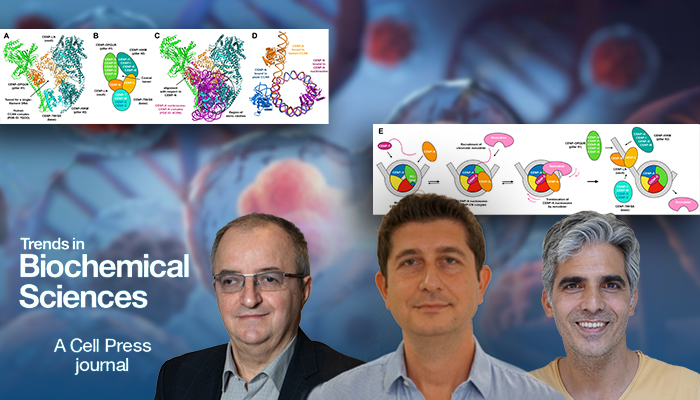A new look at the molecular machinery of cell division

A recent paper authored by three IBG scientists as part of a European consortium provides a reconciliary view on the early steps of kinetochore assembly during cell division
The manuscript by IBG scientists Seyit Kale, Imtiaz Nisar Lone and Stefan Dimitrov along with researchers from France and Bulgaria explains how the epigenetic marker, CENP-A, the centromere-specific histone H3 isoform, is recognized by the kinetochore assembly during cell division. This specific recognition ensures the faithful segregation of sister chromatids to opposing cell poles because the kinetochore serves as the attachment point between the spindle apparatus and chromatin, the physical material of our genome.
Critical in this context has been the recent emergence of cryo-electron microscopic models of the supra-molecular human inner kinetochore assembly whose structure contradicts with our prior knowledge on the pairwise interactions between the individual inner kinetochore components and chromatin. The IBG scientists reconcile this discrepancy via a model involving an intermediary chromatin remodeling step. This step could act as a spatio-temporal checkpoint to ensure a single kinetochore attachment per chromatid.
The manuscript has appeared in Trends in Biochemical Sciences which has an impact factor of 14.3 at the time of the writing of this news. You can access the article here:
https://www.cell.com/trends/biochemical-sciences/fulltext/S0968-0004(23)00176-7